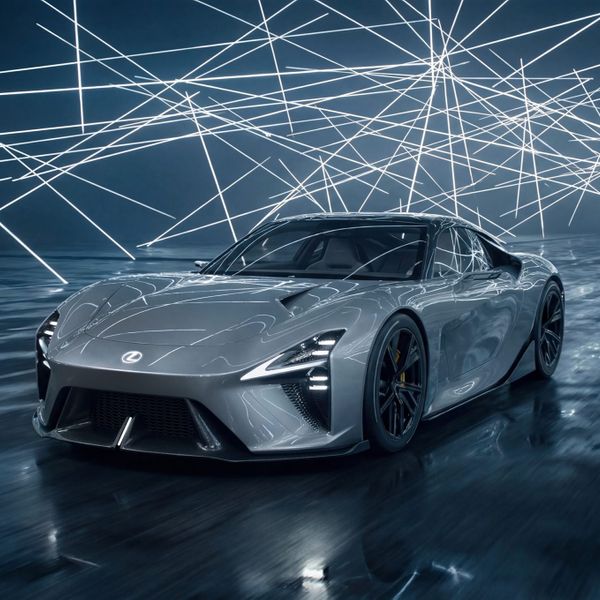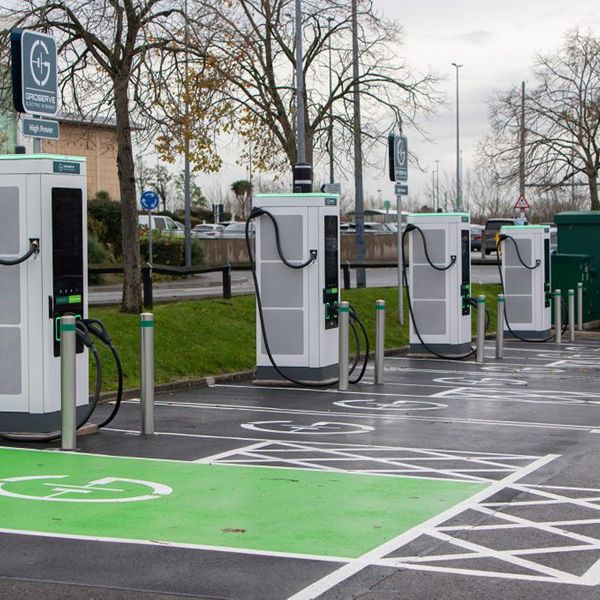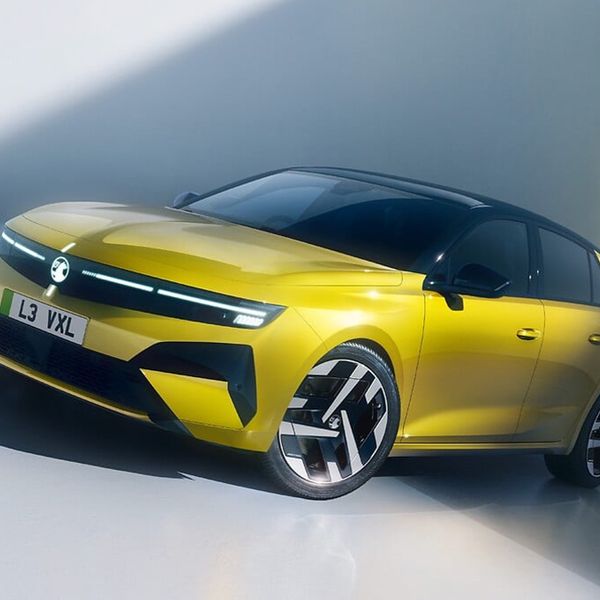What is Formula E?
In the simplest terms, Formula E is an international car racing championship that uses electric cars instead of traditional petrol-powered one. There are 11 teams, all of which have two cars and two drivers. This season (the eighth since it started) consists of 16 races in 10 countries. Drivers and teams score points according to where they finish in each race, and the aim is to finish the season with the most.
How does a Formula E car differ from a Formula One car?
At first glance, Formula E cars look pretty much like Formula One machines. Look closer, though, and there are some pretty major differences. Formula E cars are built from the ground up as fully electric vehicles. Where an F1 car has an engine, fuel tank and a hybrid system under its bodywork, a Formula E car has a battery pack, transmission and electric motor.
Unlike Formula One, where teams are required (at colossal expense) to develop their own chassis (the basic structure of the car) engines and transmissions, all Formula E cars use a standard chassis and battery pack. Formula E teams can design their own powertrain, which includes the motor, transmission, inverter (a device that converts DC power to AC power) and rear suspension.
In terms of performance, Formula E cars are considerably less powerful than their Formula One counterparts. A front-running Formula One car generates more than 900bhp of power and weighs 740kg, while a current Formula E car generates 335bhp and weighs 900kg. So don’t expect a head-to-head FE vs F1 showdown any time soon.
Are the circuits the only difference between Formula E and Formula One?
No - the races themselves are quite different. Each one lasts for 45 minutes rather than a set number of laps. When 45 minutes has elapsed, the drivers must do one final lap. Drivers and teams need to manage their batteries so that they’re left with enough power to complete the race. The levels of charge are shown to television viewers throughout the race, so the audience can see who will need to slow down and who has charge in reserve.
Formula E also features something called Attack Mode. Attack Mode is a power boost system introduced for the first time in the 2018/19 season. In simple terms, Attack Mode gives drivers a temporary power boost to help them power past the cars ahead. To activate Attack Mode, drivers need arm their car by driving through an Activation Zone marked on the track.
To keep teams on their toes, the race organisers only reveal how many times the mode will be activated, how long the mode will last for and the minimum number of times drivers must use it 60 minutes before the race.
Another unusual feature of all Formula E races is Fanboost, which gives fans the opportunity to vote for their favourite driver and award them an extra boost of power during the race. Fans vote for the driver they like the most by using twitter hashtags or the Formula E website. The five drivers with the most Fanboost votes are awarded a significant burst of power, which they can deploy in a five second window during the second half of the race.
You’ve won me over - where can I watch it?
If you’re in the UK, the great news is that Channel 4 will be showing races throughout the season. You can also see practice and qualifying sessions via the Channel 4 YouTube channel and the All 4 on-demand service. All races will also be shown live on Eurosport and the Eurosport Player app. Fans can also watch every race on Formula E’s YouTube channel and on the Formula E website for free.
For more details and timings, click here.
Season 8 Formula E race calendar
Round 1 – 28th January: Diriyah, Saudi Arabia
Round 2 – 29th January: Diriyah, Saudi Arabia
Round 3 – 12th February: Mexico City, Mexico
Round 4 – 9th April: Rome, Italy
Round 5 – 10th April: Rome, Italy
Round 6 – 30th April: Monte Carlo, Monaco
Round 7 – 14th May: Berlin, Germany
Round 8 – 15th May: Berlin, Germany
Round 9 – 4th June: Jakarta, Indonesia
Round 10 – 2nd July: Vancouver, Canada
Round 11 – 16th July: New York, USA
Round 12 – 17th July: New York, USA
Round 13 – 30th July: London, UK
Round 14 – 31st July: London, UK
Round 15 – 13th August: Seoul, South Korea
Round 16 – 14th August: Seoul, South Korea
![]() Season seven champion Nyck de Vries will be hoping to retain his title in 2022
Season seven champion Nyck de Vries will be hoping to retain his title in 2022 











